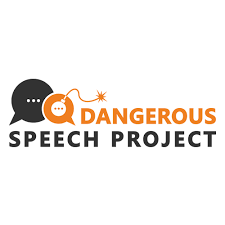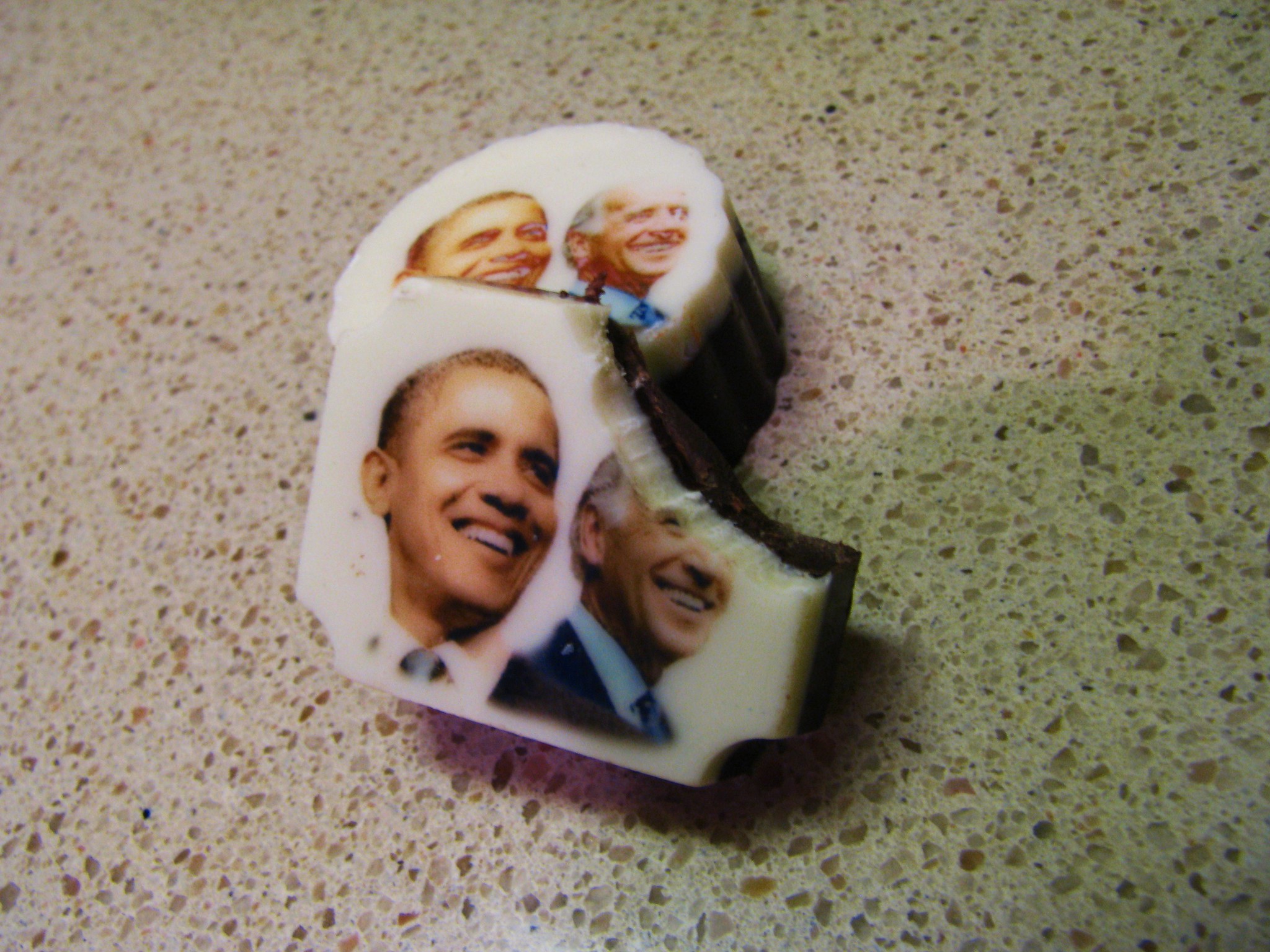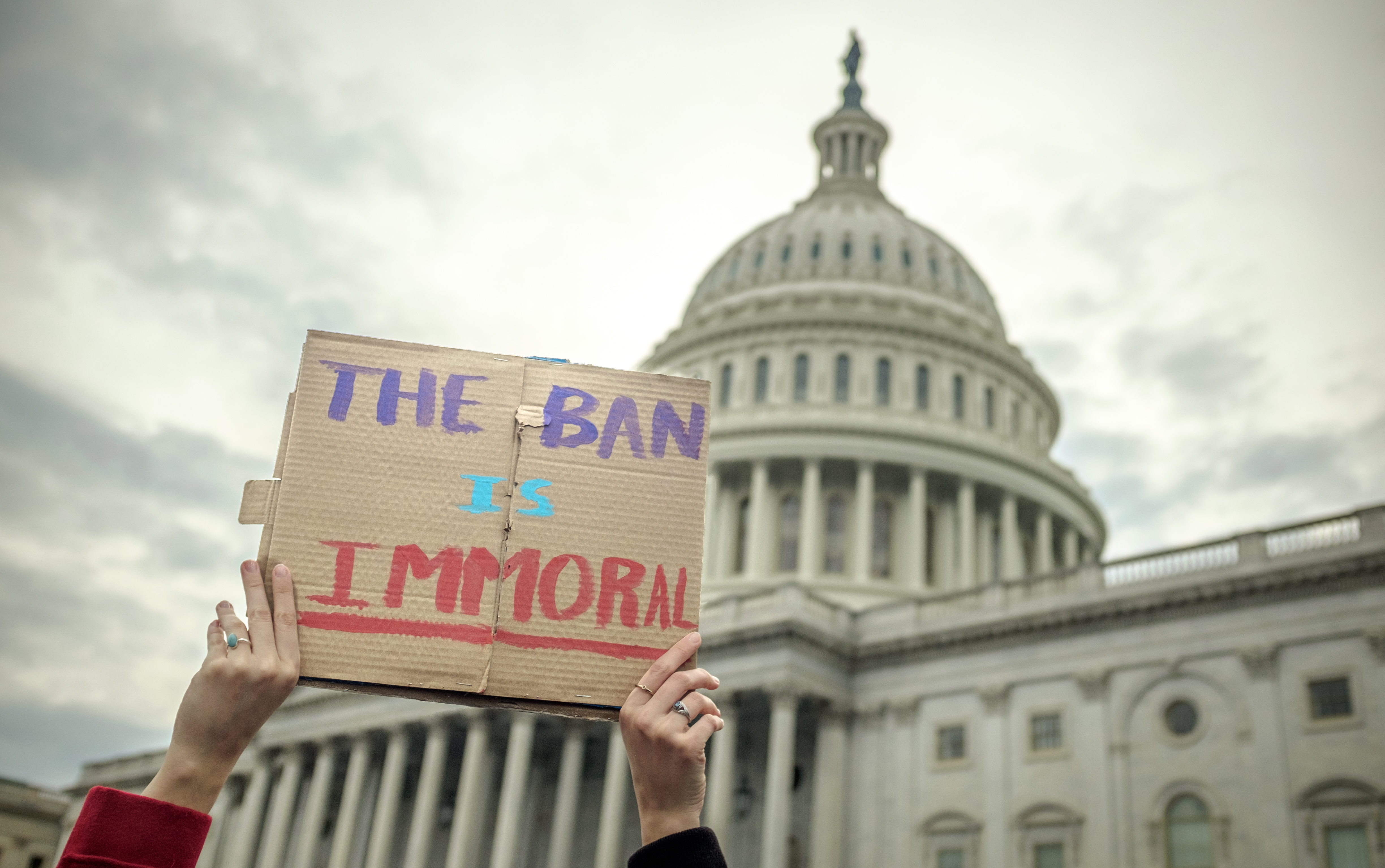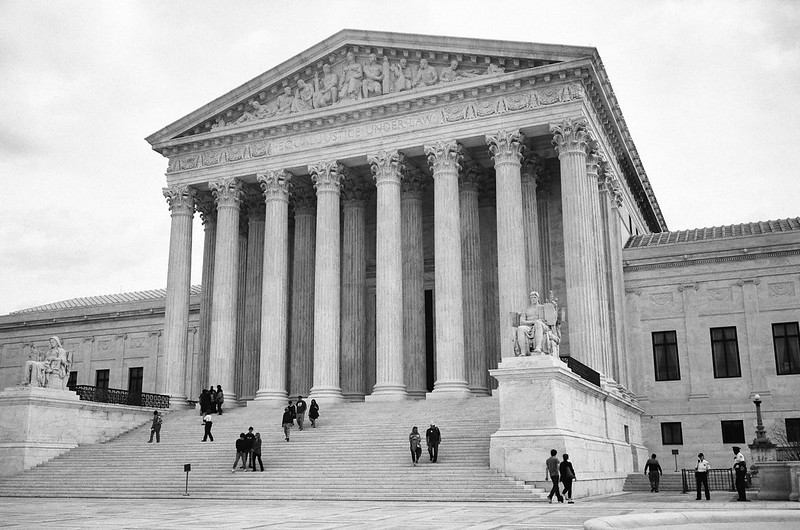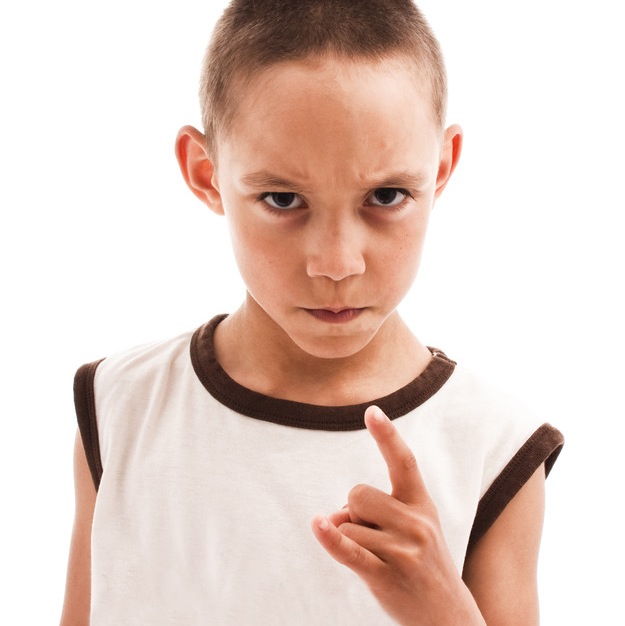This article is part of a collaborative series commissioned by altMuslimah and Jewschool to promote interfaith dialogue and understanding between Muslim and Jewish communities experiencing a rise in anti-Semitism and Islamophobia.
If you’ve spent any amount of time on the internet, you’re probably familiar with the following scenario:
Person A: [Something deeply offensive to you or other members of your ethnic, religious, national, etc. group]
Person B: Hey, that’s offensive.
Person A: FREE SPEECH
Let’s get this out of the way before going any further: The writers of this piece are pro-free speech. We believe it should be protected, and that includes hate speech. With the exception of a few categories of cases where our law says free speech is NOT protected, we think people should be able to say whatever they want.
Protecting free speech legally does not, however, mean that hateful speech doesn’t produce harm. There is a range of speech that inflicts all kinds of wounds–emotional, dignitary, etc.–and the lack of legal restrictions simply means that there are better ways to treat those wounds than getting the government involved.
Protecting free speech legally does not, however, mean that hateful speech doesn’t produce harm.
Problematic (but fully legally permissible) speech exists on a continuum. Hate speech is the one we hear about the most. It’s defined by Merriam Webster as “speech that attacks someone based on their race, gender, sexual orientation, religion, ethnicity, etc.” The term is fairly vague, especially since ‘hatred’ itself can be hard to define. And when we talk about the ‘hate’ in hate speech, are we referring to the hatred of the speaker, or the speaker’s desire to convince someone else to hate, or is the speaker wanting to make the targeted individual/group feel hated?
To help zero in on a particularly harmful subset of hate speech, scholars and activists have come up with the term “dangerous speech,” which they define as “any form of expression (speech, text, or images) that can increase the risk that its audience will condone or participate in violence against members of another group.”
It’s not that hate speech and dangerous speech never overlap, because they do–but dangerous speech does the specific job of incentivizing violence. Take, for example, Trump’s 2018 speech at the Conservative Political Action Conference (CPAC), in which he refers to immigrants as “snakes” who are poisonous and can only be dealt with with force. Certainly this checks all the boxes for hate speech, but the act of classifying humans as creatures who are endangering lives and stressing that the way to protect ourselves from them is through violence is on another level. In dangerous speech, the connection is a lot tighter between violence against immigrants and Trump’s rhetoric.
Dangerous speech dehumanizes a group of people in a way aimed at legitimizing physical abuse of members of that group–the message communicates to the listener that the targeted individuals are somehow not fully human and thus attacks that may otherwise be problematic are not in this scenario.
Dangerous speech dehumanizes a group of people in a way aimed at legitimizing physical abuse of members of that group.
Dangerous speech also legitimizes attacks by underscoring perceived threats that a group poses to other groups with which the reader/listener is aligned. For example, a favorite tactic by dangerous speakers is to depict the targeted group as sexually aggressive towards women and girls. The speaker insists that, in order to protect vulnerable women and girls, the targeted group must be physically threatened. Emmett Till, a 14-year-old Black boy kidnapped, was mutilated and murdered in Mississippi in 1955 after a white woman accused him of flirting with her. It doesn’t take much to make the connection between Till’s murder and the Klu Klux Klan’s violent rhetoric regarding black folks as sexual predators and insects, preached to white men and women.
Of course, women and girls are often themselves the target of dangerous speakers. Alex Minassian, the chief suspect in a 2018 Toronto van attack that killed primarily women, cited as his motivation the misogynistic videos and writings of murderer Elliot Rodger. in which Rodger said there must be retribution against women.
While dangerous speech is seen as distinct from hate speech, the way to deal with it is not to censor it (especially since censorship just makes the problem worse by helping these sorts of speakers thrive) but to develop social awareness and resistance to it. We can’t get rid of the speech, so we have to develop resistance to it.
In this regard, the Dangerous Speech Project offered a few examples of speech “inoculation”:
- Radio La Benevolencija, an Amsterdam-based organization, was established in order to produce media projects to empower those who are/have been the target of hate. Radio La Benevolencija was invited to Rwanda in 2002 by the Rwandan government to help control violence they feared could resurface as a result of the Gacaca court, a traditional system of communal justice being utilized in the aftermath of the Rwandan genocide. Worried that the country could once again institute a genocide, Radio La Benevolencija developed a fictional radio drama, called Musekeweya. The soap, which is still popular today, is about two villages coping with land disputes and negotiating how to deal with one another by resisting violent incitement, being an active bystander, and engaging in meaningful connection and conversation.
- The Dangerous Speech Project worked with the popular Kenyan TV comedy series Vioja Mahakamani to develop special episodes prior to Kenya’s 2013 presidential election – the first held since mass violence broke out between ethnic groups during their 2007 election, the result of the the pervasive (and false) belief that election results had been modified in favor of (now former) President Mwai Kibaki, a member of the Kikuyu ethnic group. Four episodes of Vioja Mahakamani were created, addressing hate speech, dangerous speech, personal responsibility, and racially inflammatory publications. And in 2012, the Dangerous Speech Project inspired Umati, a project monitoring the Kenyan online community for hate speech, and assessing its potential to incur violence. Umati then compiled a team of influential Kenyan bloggers to push back against rumors similar to those that led to violence in 2007.
In addition to inoculation, another way to resist dangerous speech is counterspeech. Counterspeech involves ‘good speech’ that undermines the effect and credibility of ‘bad speech’. Government officials do this frequently (though, unfortunately, some are better at this than others), pushing back against dehumanizing speech about refugees and religious minorities by denouncing the hatred and calling for unity. And all of us, in our everyday battles with dangerous speakers, need to pushback with positive counterspeech, too.
Chanel Dubofsky’s writing has been published in Cosmopolitan, Previously.TV, Rewire, The Billfold, Ravishly, Extra Crispy, and more. She lives in Brooklyn, NY. Follow her on Twitter at@chaneldubofsky.
Asma T. Uddin is the founding editor-in-chief of altmuslimah.com

